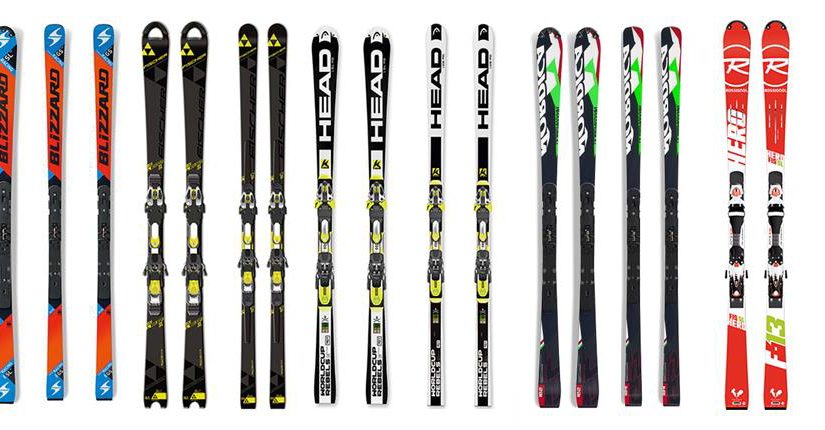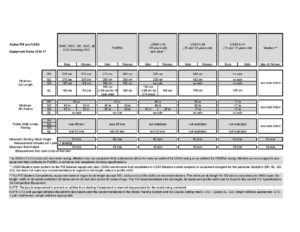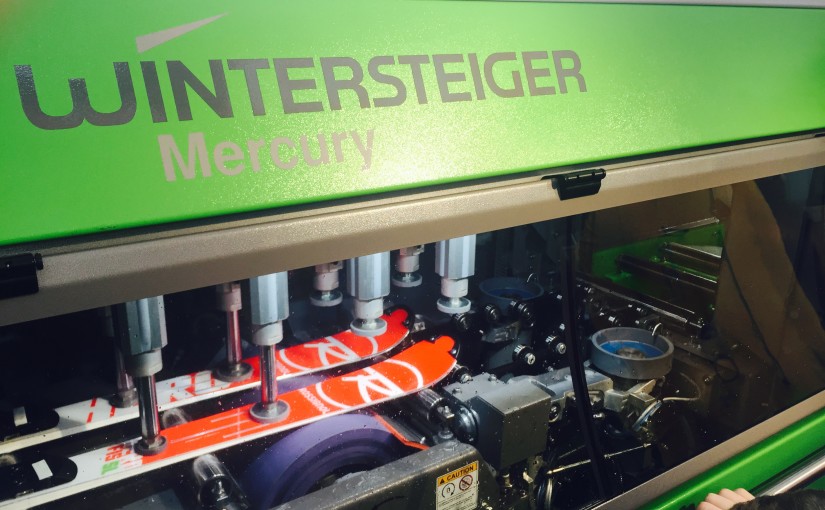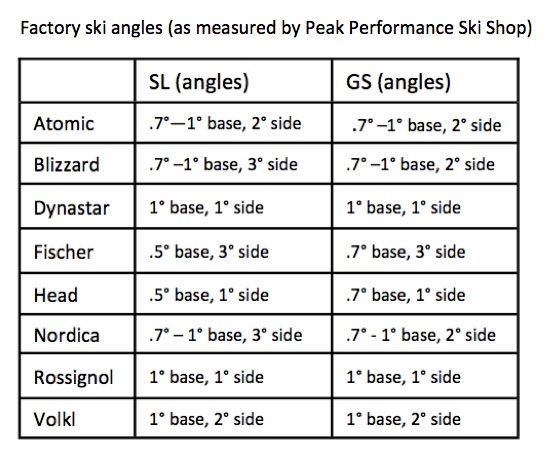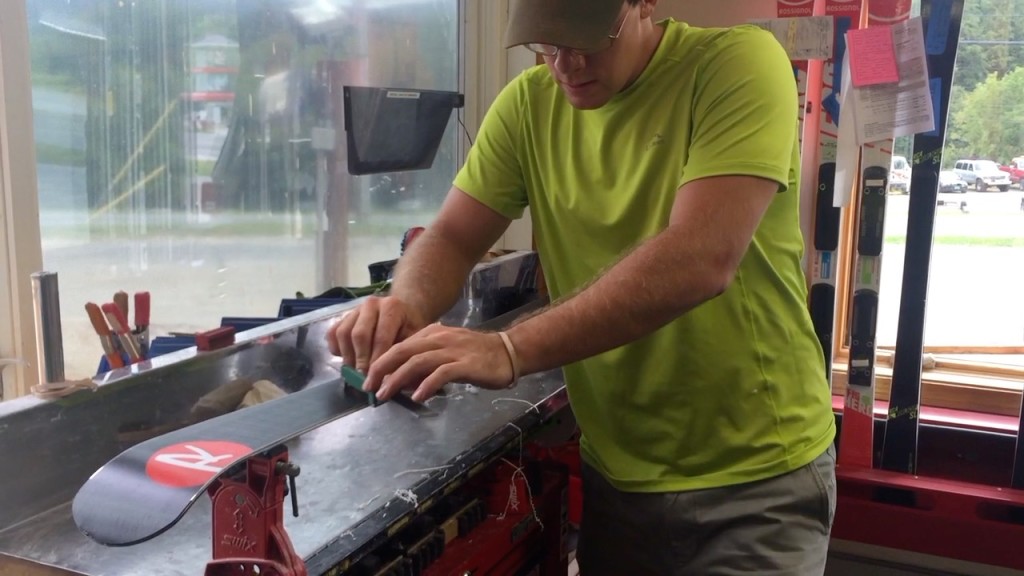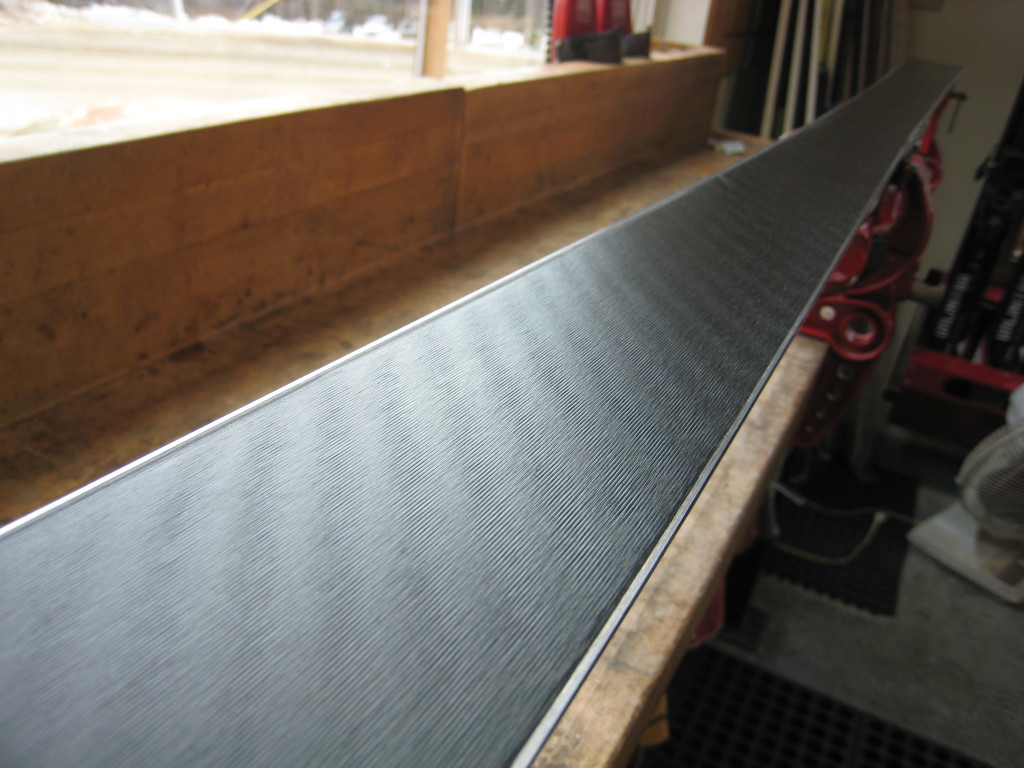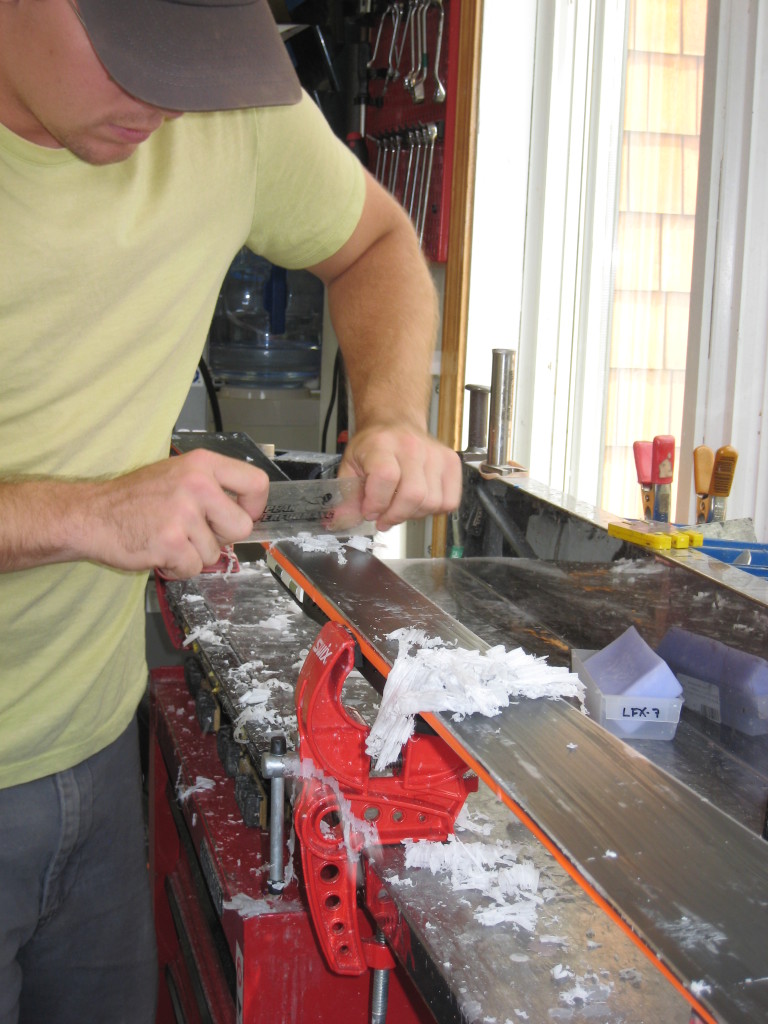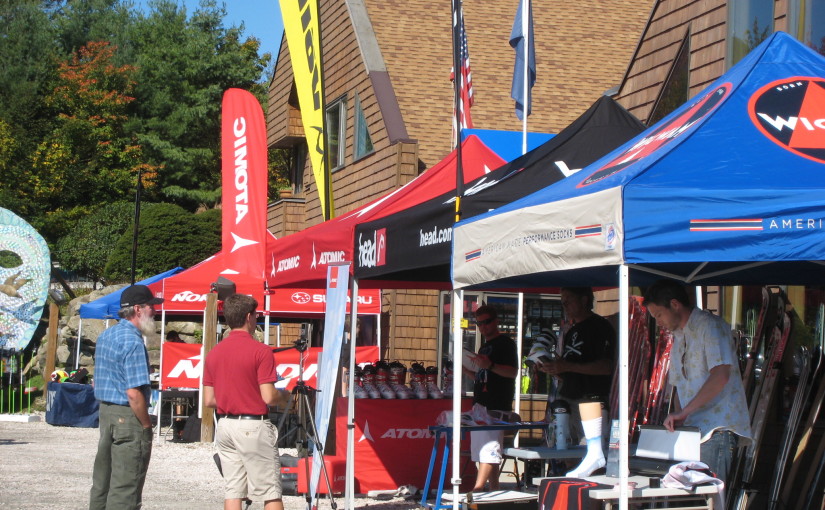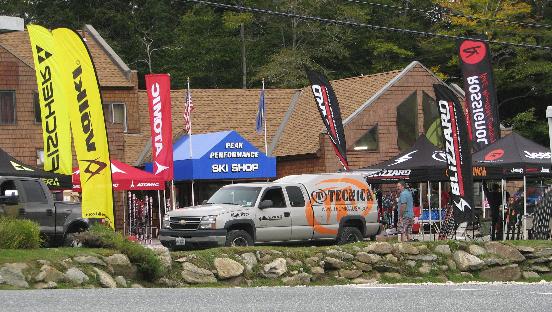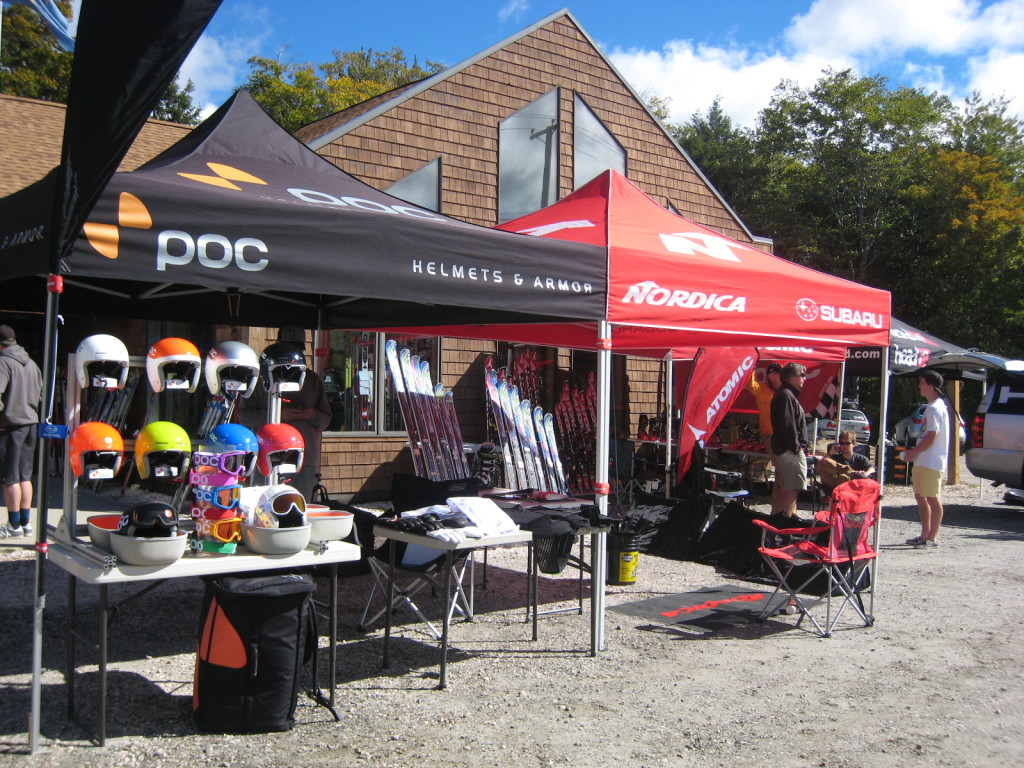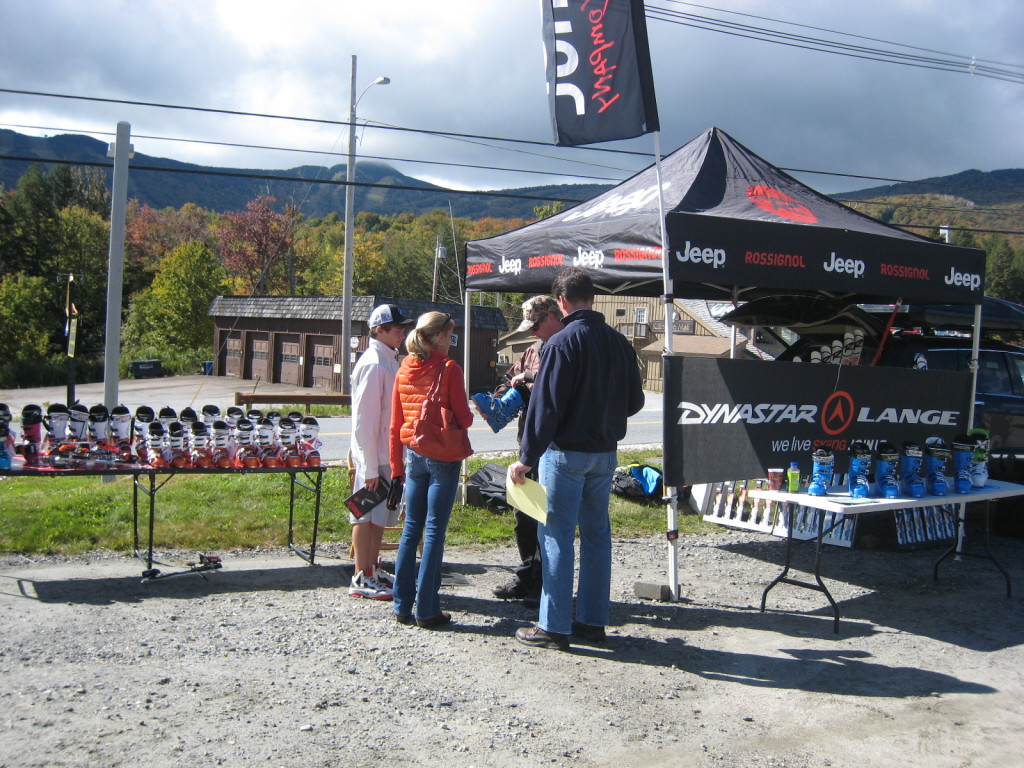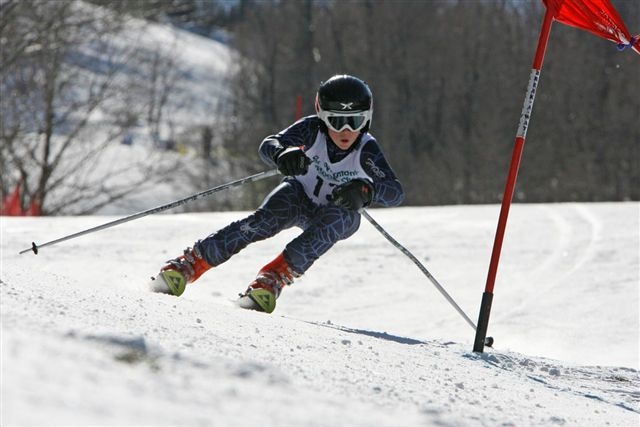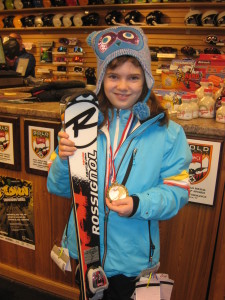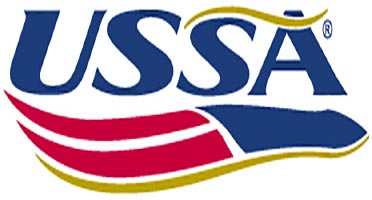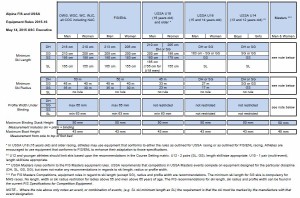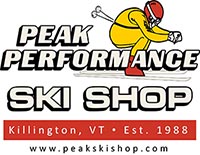For the 2016-17 ski race season there have been some updates to the ski rules that affect USSA and FIS racers.
For FIS U19 and older athletes, the ski regulations have stayed the same with GS – requiring 183cm or longer 30m radius skis for women, and for men 190cm or longer 35m radius skis. Super G regulations have stayed the same – women 200cm or longer with a 40m or greater radius, and for men 205cm or longer with a 45m or greater radius. NOTE: For 2017-18 the Men’s GS regulations will change to skis that have a radius of greater than 30m.
USSA rules for 2016-17 have had the most change, moving USSA GS regulations more in line with the coming FIS regulations of next year.
USSA U19 Women: GS skis will need to be greater than 25m radius with the proper sticker on the skis. There are no length restrictions or requirements. What this means is that the Head 181, Fischer 183, Dynastar 182, Nordica 184, Blizzard 184, Atomic 187, Rossignol 182 and Volkl 183 will the the first sizes that will be legal for U19 USSA GS female athletes.
USSA U19 Men: GS skis will need to be greater than 30m radius with the proper sticker on the skis. There are no length restrictions or requirements. So the Head 183 or 188, Fischer 188, Dynastar 183 or 188, Nordica 183 or 188, Blizzard 183 or 188, Rossignol 183 or 188 and Volkl 183 or 188 will be the first sizes that will be legal for U19 USSA GS men. These skis are the FIS women’s lengths, so used skis should be available in these sizes if needed. When buying used skis, make sure they are stickered >30m radius.
U19 Men and Women: Super G skis will need to be 200cm or longer with a 40m radius. If you are purchasing used skis, make certain that they are stickered at greater than 40m.
U19 Men and Women: Rules for SL skis are unchanged – 155cm or longer for both men and women.
U16 Men and Women: Rules have stayed the same for GS and SL. GS skis must be greater than 17m which means that just about all JR GS skis 156cm and longer will comply. SL skis need to be 130cm or longer.
U16 Men and Women: There has been a change to the Super G regulations. All JR SG skis for both men and women need to be 183cm or longer with a 30m or greater radius. The skis must be stickered with these specs.
U14 Boys and Girls: Rules have stayed the same except that all GS skis must be at 17m or greater radius. This means that the Atomic 151, Blizzard 156, Dynastar 158, Fischer 155, Head 152, Nordica 156, Rossignol 158 and Volkl 156 are the smallest GS ski sizes that will be legal.
The chart below outlines the current season’s rules. That staff at Peak Performance will be happy to assist you with questions you have regarding the 2016-17 changes, and make sure that your athlete gets to the starting gate with the right equipment under their feet.
